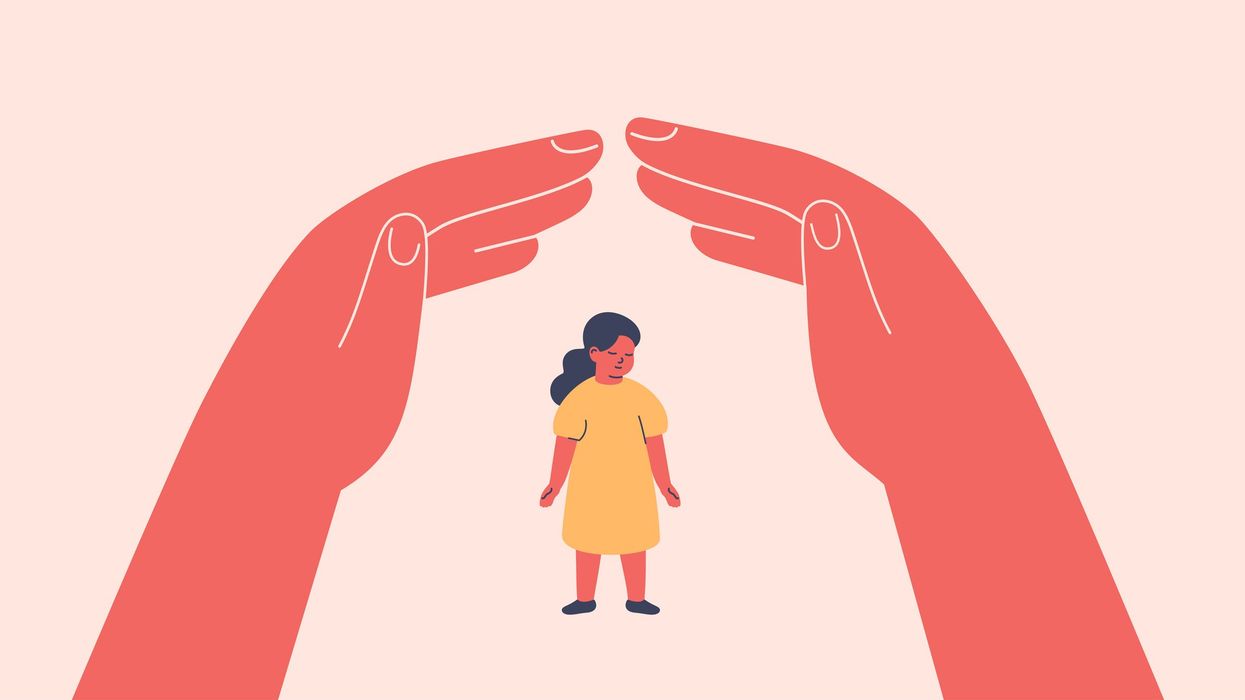Following recent bans in Washington, Virginia, and New Hampshire, Missouri and Oregon are poised to become the fourteenth and fifteenth states to ban marriage under 18 years. As recently as 2018, “child marriage” remained legal with parental consent and judicial approval in all 50 U.S. states. If you are shocked to read this, you are not alone; the majority of Americans assume it is illegal throughout the country.
It may also surprise you that resistance comes not just from conservatives, who have argued that an outright ban would risk either leaving teen mothers unmarried or the encouragement of abortion, but also from strongholds on the political left. In California, which has no legal age minimum for marriage, Planned Parenthood has argued that banning marriage under the age of 18 would “impede on the reproductive rights of minors and their ability to decide what is best for them, their health, and their lives."
The logic here is that, particularly in late adolescence and when a pregnancy or baby is involved, marriage may serve the best interests of a minor, and that parental consent and judicial approval already provide effective protections against marriages that would otherwise be harmful. There may also be securities inaccessible to unwed partners, such as spousal benefits, leading New Hampshire to recently introduce a bill that effectively reverses its own ban on child marriage for military personnel.
These considerations stand in stark contrast to the exacting lens with which American foreign policy frames child marriage in the Global South. In 2015, the U.S., as an influential United Nations member, signed on to a global target to abolish child marriage by 2030, thus depicting all marriages under 18 years as unequivocally harmful. There is little nuance or appreciation of adolescent autonomy here, with child marriage unambiguously categorized as a form of forced marriage and a human rights violation. Over 1400 organizations now work to end child marriage, primarily in low and middle-income countries, often drawing on both government and private funding from the U.S.
To be sure, child marriages are a rarity in the U.S., making up less than one percent of all marriages, compared to many African and South Asian countries where closer to a third of all girls and women marry under 18 years. However, the blaring hypocrisy of America’s position on child marriage is clear. Until America fully bans child marriage, it is one rule for “us” and one for “them.”
At a recent United Nations panel on the “Successes and setbacks in the global effort to end child marriage,” American hypocrisy on child marriage law was singled out as preventing global progress in passionate speeches by both American Writer Chelsea Clinton and Fraidy Reiss, founder of Unchained at Last, a nonprofit dedicated to ending child marriage in the U.S. If we cannot agree that child marriage should be illegal at home, the two advocates argued, how can we demand legal reform abroad?
As an anthropologist, I am hesitant to support any singular age threshold that universally designates the readiness to marry or the ability to give informed consent. A romanticized view of childhood as a “sanctuary” also fails to recognize that children can only live free from the risk of harm when their wider context has the resources to shield them. Without such protections, minors in the Global South routinely take on dangerous labor, engage in risky sexual behavior, fight in wars, and endure abuse or a high burden of domestic work at home.
Faced with these realities, a growing body of ethnographic research demonstrates that early marriage is often viewed by both adolescents and their parents as the best available option when situated within wider contexts of poverty, early childbearing, and patriarchal norms that afford few rights and opportunities for girls and women outside of marriage. Among the Maasai of Kenya, for example, parents consider early marriage as a relatively reliable pathway to social and economic security for their daughters, while enrollment in formal education is often a risky investment, unlikely to translate into livelihood security.
The notion that all child marriages are forced is also contradicted by the fact that a not insignificant portion takes place via elopement, against parental wishes. Similar characterizations have also been made about the historical prevalence of child marriage in the U.S. when marriage was sometimes used as a means of emancipation from responsibility to one’s natal family. In some scenarios, child marriage can present a rational choice and pathway to mitigating, rather than elevating, wider risks to an adolescent’s well-being.
Such observations do not dispute the potential harms of early marriage but do underline that care needs to be taken as we consider the path forward. As the U.S. critically evaluates whether child marriage should be banned outright, or allowed under certain scenarios, and is currently reconsidering its role in funding international development altogether, it is crucial that policymakers apply equivalent considerations to the capacity for youth to engage in informed decision-making both at home and abroad.
Our shared goal must be to end harmful early marriages globally, rather than to merely export an ethnocentric model of childhood universally ending at 18 years. Comprehensive policy requires not only legal reforms of marriage age but also identifying and targeting the wider structural factors that render early marriage desirable, often quite reasonably so, for many vulnerable young people around the world.
David W. Lawson is a Professor of Anthropology at the University of California, Santa Barbara, and a Public Voices fellow with the Op-Ed Project.



















